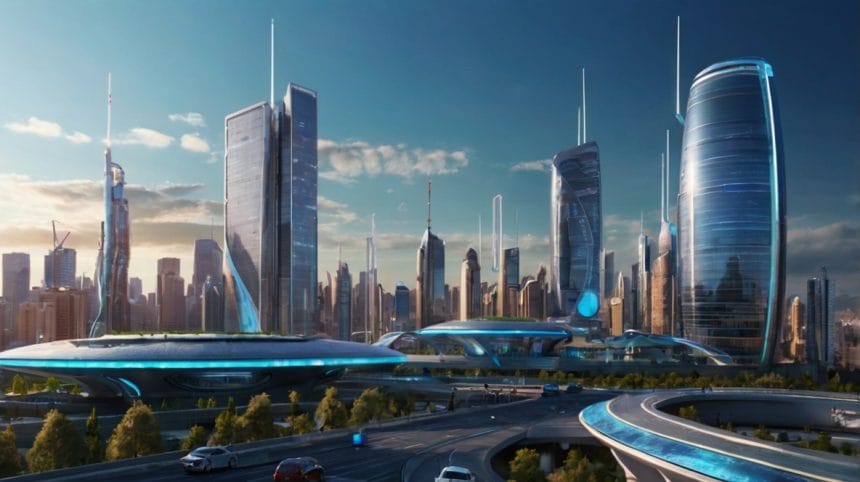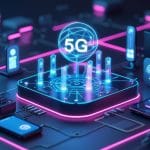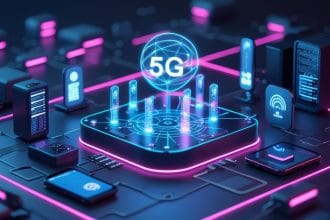As we move deeper into the digital age, the demand for faster, more reliable connectivity continues to grow. One of the most transformative advancements in recent years is the emergence of 5G networks. Far more than just an upgrade from 4G, 5G is poised to reshape how people, devices, and systems interact in real time.
Understanding 5G Networks
5G, or fifth-generation wireless technology, is designed to offer significantly faster data rates, ultra-low latency, and greater network capacity compared to its predecessors. This allows for seamless streaming, quicker downloads, and reliable communication between connected devices. But more importantly, 5G opens the door to innovations that were previously impossible or impractical.
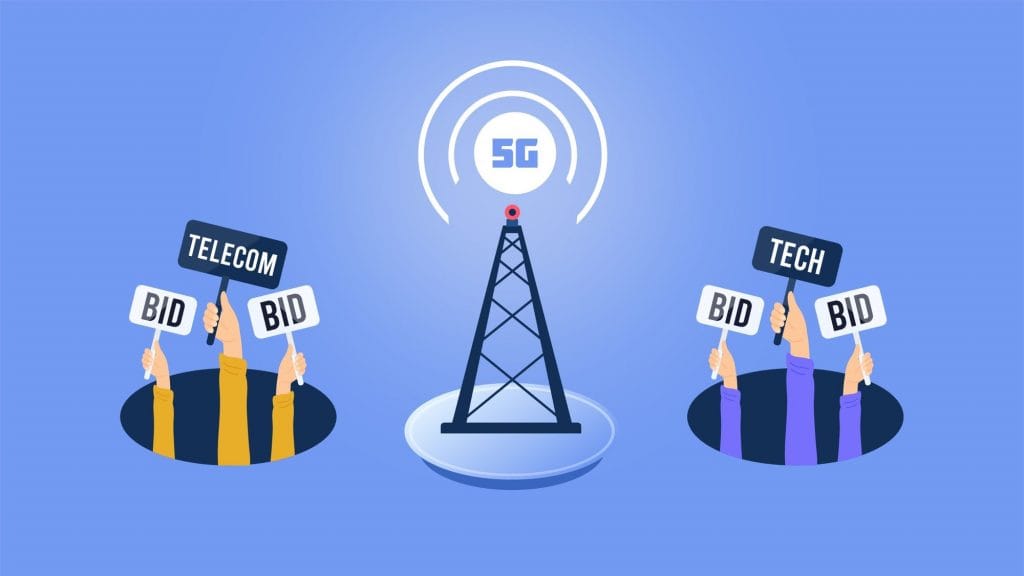
Key Features of 5G Technology
- Faster Speeds: Peak data rates of up to 10 Gbps.
- Lower Latency: As low as 1 millisecond, enabling real-time responsiveness.
- Massive Device Connectivity: Can support up to 1 million devices per square kilometer.
- Network Slicing: Allows operators to create multiple virtual networks within a single physical 5G network for different use cases.
These capabilities are crucial not only for consumers but also for industries aiming to modernize operations and improve efficiency.
Real-World Applications of 5G
5G is already beginning to impact a variety of sectors:
Healthcare
Real-time telemedicine, remote surgery, and continuous health monitoring become viable with the high-speed, low-latency capabilities of 5G. Doctors can consult with patients in rural areas through high-definition video or even assist in surgeries remotely with robotic systems.
Transportation
In the realm of autonomous vehicles, 5G enables cars to communicate instantly with traffic systems and each other. This helps in improving road safety and reducing traffic congestion.
Manufacturing
5G plays a key role in smart factories, enabling faster machine communication, automated quality control, and real-time data analytics.
Entertainment
5G enhances streaming quality, supports augmented and virtual reality (AR/VR), and enables multiplayer gaming without lag.
How 5G Supports Emerging Technologies
One of the most compelling aspects of 5G is how it supports and amplifies other emerging technologies. For instance, edge computing and the Internet of Things (IoT) thrive in a 5G ecosystem.
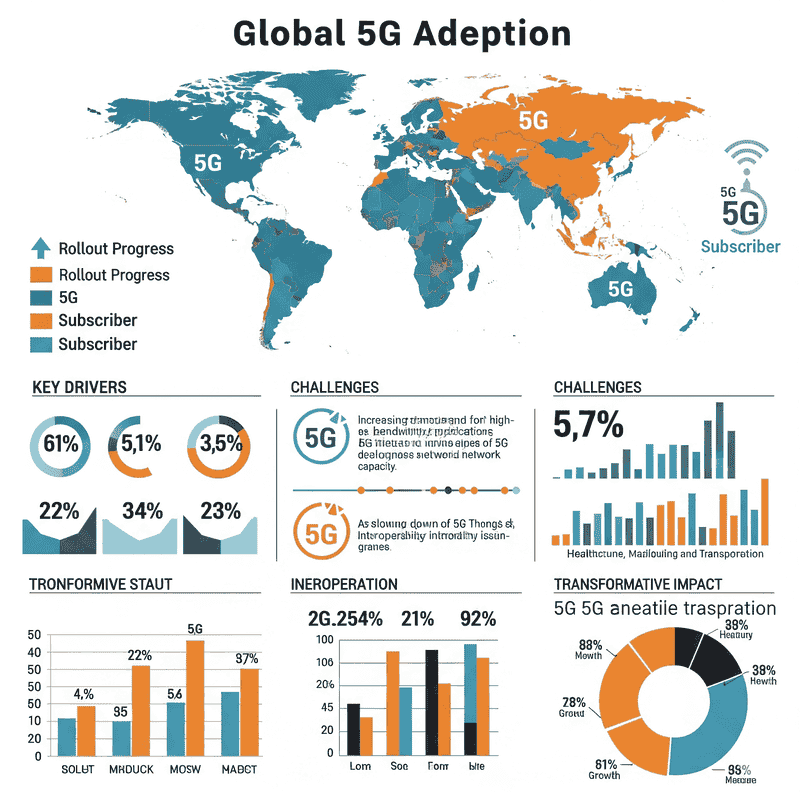
With faster data transfer and ultra-low latency, 5G allows edge devices to communicate in near real-time, making applications like facial recognition, autonomous drones, and smart grids more effective. For a deeper look at this relationship, see our article on edge computing.
Challenges Facing 5G Implementation
Despite its promise, rolling out 5G on a global scale comes with its own set of challenges:
- Infrastructure Investment: Building the necessary small-cell infrastructure is expensive and time-consuming.
- Spectrum Availability: Limited radio frequency availability can hinder performance in some areas.
- Security Concerns: As more devices connect, the risk of cyberattacks increases, requiring robust security protocols.
- Public Health and Safety Debates: Although no conclusive evidence exists, some groups express concerns about electromagnetic exposure.
Global Developments in 5G Adoption
Countries like South Korea, the United States, and China are leading the race in deploying 5G networks. According to GSMA, over 1.5 billion 5G connections are expected globally by the end of 2025. The push for national 5G strategies is also leading to innovations in rural broadband and urban smart infrastructure.
The Future of Connectivity
5G is not just a faster network—it is a foundational technology that will enable the next wave of digital transformation. From enabling smart cities to supporting the metaverse, 5G is setting the stage for innovation across every aspect of modern life.
Businesses and governments that invest in 5G infrastructure today are likely to reap long-term benefits, including economic growth, improved public services, and global competitiveness.
Conclusion
The arrival of 5G networks marks a turning point in how we connect, communicate, and create. While challenges remain, the potential is enormous. As more countries and industries embrace this technology, 5G will increasingly become a backbone of innovation—quietly powering everything from healthcare systems to entertainment platforms and beyond.
Whether you’re a business leader, developer, or simply a curious consumer, understanding 5G today means being prepared for the world of tomorrow.






